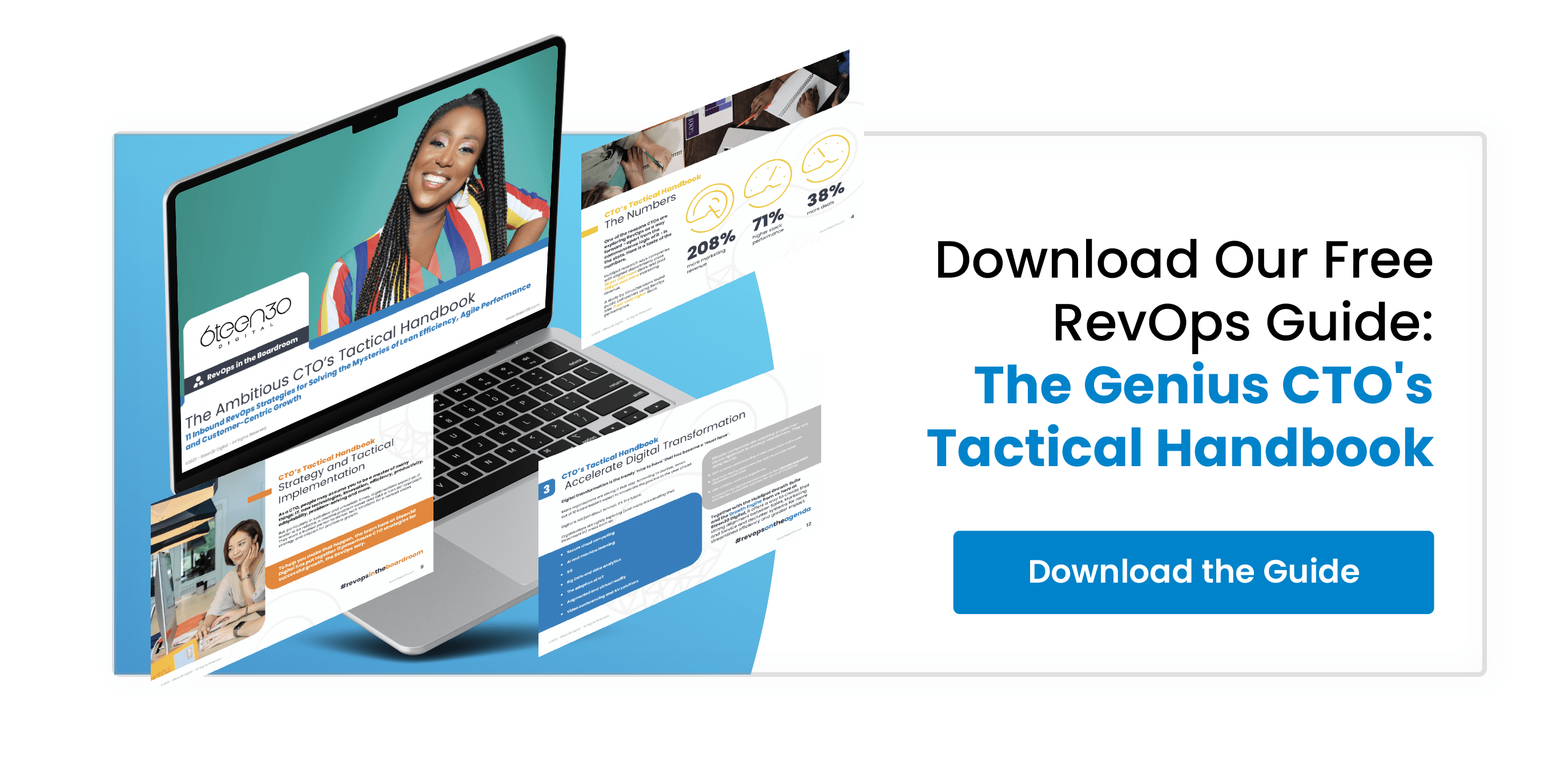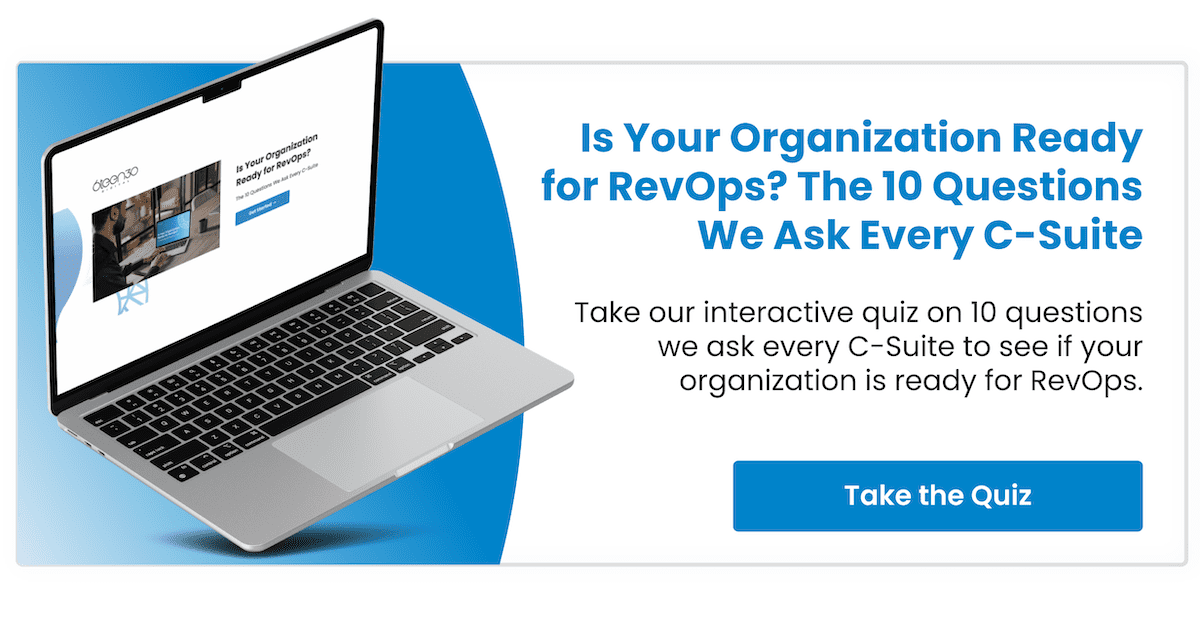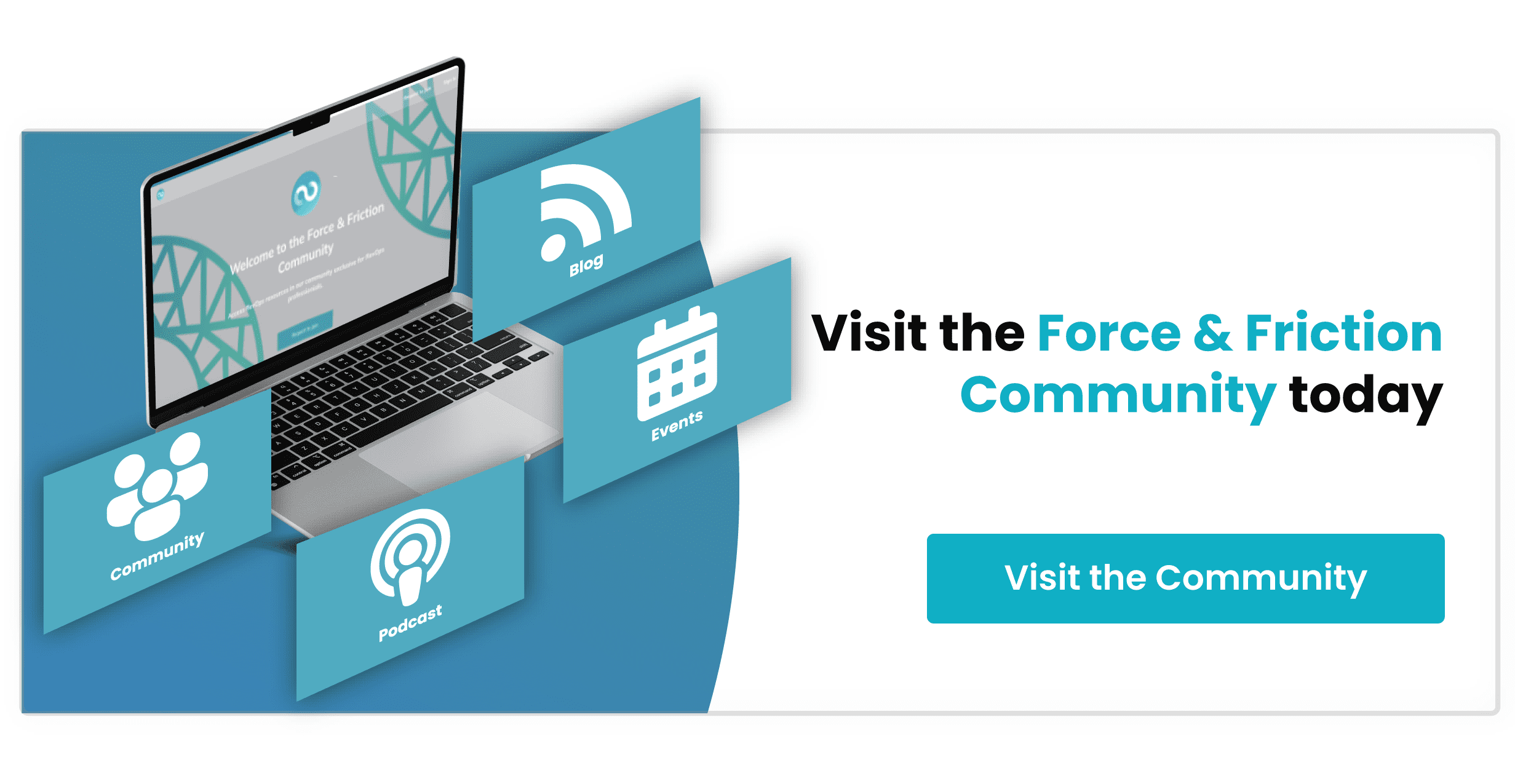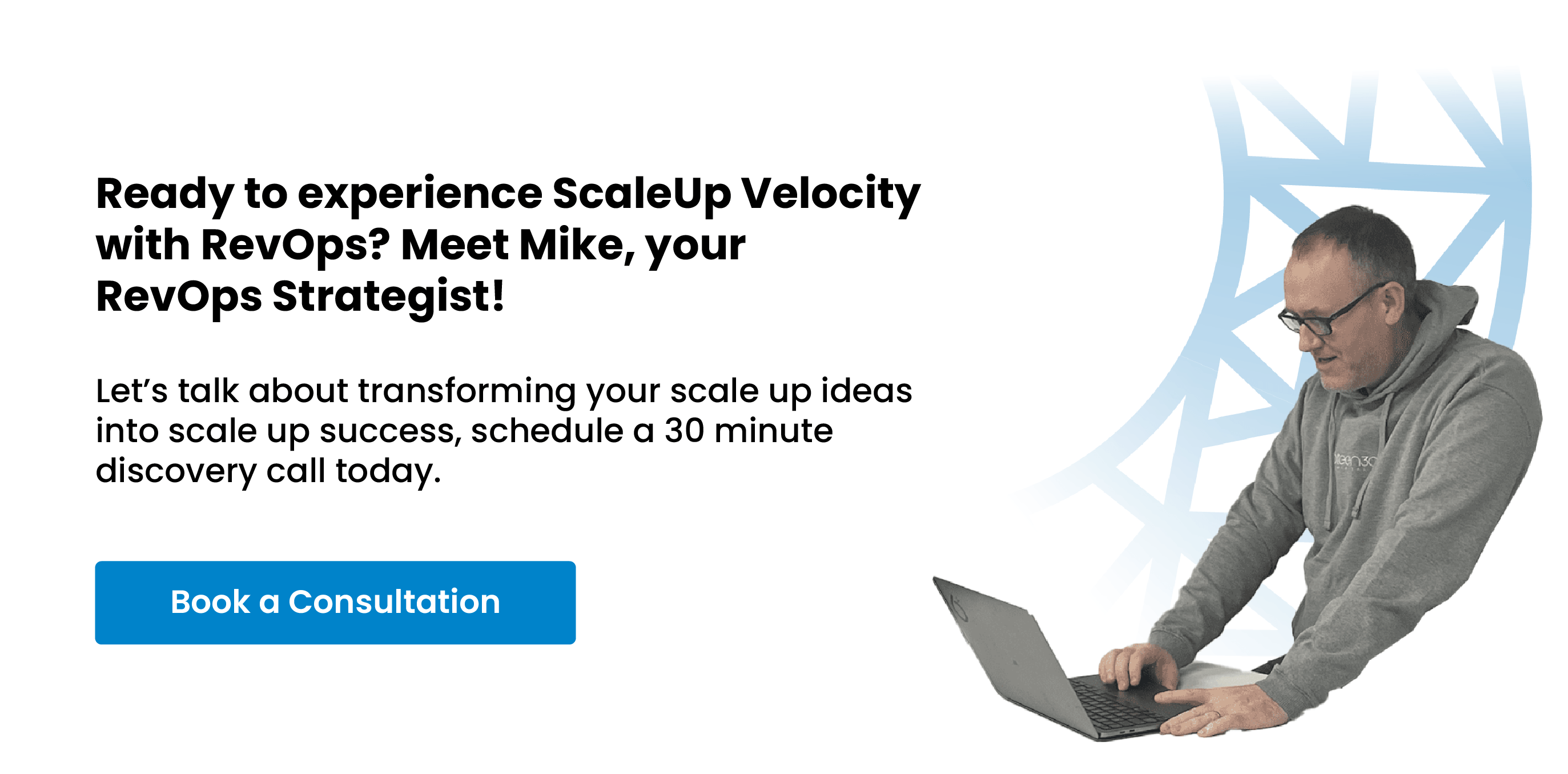
Businesses and industries around the world have had to manage through unprecedented times.
The pandemic created a complex tale of job losses, restructuring, enforced remote working, supply chain and distribution disruption, health and safety adjustments, and more.
As organisations look to navigate towards a ‘new normal’, technology, data and security are being pushed into the spotlight.
As the rise of online and digital continues, the pressures on CTOs to help deliver a strong customer experience with stressed budgets remain high.
Organisations expect technology to provide many of the answers to achieving success with an adapted vision, strategy and mission. Efficiency and performance, for profitable growth, will be under scrutiny across all functions.
Here are 11 pivotal challenges facing the growth-minded CTO - and a pathway for meeting them.
1: Fending Off Budget Cuts or Investment Clawback
Government lockdowns in response to the global pandemic forced organisations to make rapid adjustments to their operations.
Employees needed secure laptops, apps and communications tools to work remotely from home in a collaborative and productive way.
Many organisations increased their technology investment to deliver short-term fixes so people could get on with their jobs, at or away from the office.
According to Gartner research, IT budgets across Europe, the Middle East and Africa were down 6.5 per cent during 2020. But the forecast is for 2.8 per cent increase during 2021.
Beware of the Claws of Finance
IT leaders will want to continue with improvements to the remote working experience - and ready buildings and offices for the return to work. The hybrid model is likely to be the norm.
But they may face a battle with CFOs, who have their priority on reducing overspends and streamlining budgeting.
Some finance chiefs are keeping a forensic eye on any additional investments to claw back some of the previous Covid-response overspend.
The CTO will need to stand firm and press the case for why an acceleration of digital transformation or seeking an innovative edge is critical for the business.
2: Delivering Agility for a Post-Pandemic World
The impact of Covid-19 cannot be ignored but minds are now turning to what the picture may look like for this year and beyond.
Some organisations may still be in recovery mode, others focused on managing expansion or building on unexpected success.
Because so much is still unknown or so uncertain, leaders are looking for agility and flexibility. Plan A supported by a Plan B (and perhaps even a Plan C).
CTOs will be asked for the answers as to how technology can play its part in the bigger picture.
The Focus on Developing Agility
Organisational agility, efficiency, technological innovation, security, budgets, hybrid working, communications, big data and cloud computing are all likely to be in the conversational mix.
Companies will be seeking better methodologies and solutions, not just internally, but also to serve their customers better.
CTOs know that the tech stack, processes and team flexibility need to be right - and streamlined - as part of the IT roadmap.
Organisations seeking agility will have their tech eyes on areas like cloud computing, 5G, AI and machine learning, video conferencing and AV solutions, augmented and virtual reality, and the Internet of Things (IoT).
3: Digital Transformation
Digital transformation is featuring in many boardroom conversations.
According to Gartner, seven out of 10 leaders expect to accelerate the adoption of new technologies.
CTOs will be expected to explore and find ways for elements - like cloud computing, automation, AI, Robotic Process Automation (RPA), machine learning and virtual reality - to better support customers’ needs.
Smarter organisations want agility, appreciate the need to be able to adjust capacity and speed, and understand it is a buyer’s market.
Hitting the Right Pedal Matters
For many organisations, digital transformation is going to be a game changer. It allows them to:
-
Free up more time for employees to serve customers better
-
Declutter a myriad of platforms and tools
-
Build or buy in a more integrated and streamlined ‘all in one’ system
-
Let technology do all the ‘heavy lifting’ around data and processes
-
Improve cross-function alignment, communications and collaboration
-
Give each department ‘one picture of truth’ with real-time data tracking
-
Deliver a better customer experience throughout the process
There are internal benefits in efficiency, productivity and collaborative communications. According to Finances Online, good quality online collaboration tools improve productivity by up to 30 per cent.
There are also external benefits. By serving the customer better, the transformation can also speed up the sales cycle, boost revenues, raise retention and drive profitability up.
Whilst finance may be wanting to hit the brake pedal, CTOs need to be pressing their foot on the customer-centric tech accelerator.
4: Maintaining Data Protection, Compliance and Cyber Security
The news-reading CTO will know only too well about the value of keeping customer records and data secure.
GDPR breaches can result in big penalties: Google fined €50 million euros (£43m), H&M €35 million (£30m), British Airways €22 million (£19m) and Marriott €20.4 million (£17.6m), for example.
Organisations will need to show vigilance and system resilience in the battle against the ever-growing digital threats to IT and data security.
The Dangers are Many
CTOs will be looking to protect their organisations from a range of threats, including:
-
Cyber hacking
-
Malware
-
Ransomware attacks
-
Phishing
-
‘Island hopping’
A sound plan is to regularly review systems and processes (and check for weak points).
Departments need to understand the requirements for data protection - and data compliance - when it comes to collecting and using customer information. Conversations, training or advisory checklists may be part of the way forward.
Priorities may also include making mobile and remote devices secure, and migrating to more secure cloud data centres.
CTOs are going to be kept busy keeping on top of this ever-present, ever-shifting menace.
5: Managing a Remote and Hybrid Working Team
Remote working was the first phase of the IT challenge raised by the global pandemic.
Now organisations are entering, or about to enter, the second stage - the hybrid working model.
They must now support employees while they work remotely - from home or a shared workspace - and when they are in the office.
For IT leaders, there is a dual challenge.
One is the need to ensure the technology, systems and processes are in place to make hybrid working safe, effective and productive. The other is to ensure their own team has the support and resources it needs to communicate, collaborate and solve problems together, to enhance the customer experience.
It’s a Big Ask
CTOs may have to consider a range of factors - and prioritise according to the specific challenges and strategies of the organisation they serve.
-
Managing the security threat to data from remote working
-
Providing access to all relevant files and applications to employees
-
Visitor management solutions for building health and safety
-
desk booking, room booking and digital signage systems
-
Video conferencing, AV solutions and visual collaboration tools
-
Improving digital communications
-
Alignment of teams through integrated processes and streamlined systems
Remote and hybrid working are here to stay. Managing it and making it work will be a critical component of an organisation’s ability to improve performance and growth.
6: Keeping Customers Happy in a Fickle Market
The more observant organisations will have noticed a shift in the market - it’s now a buyer’s world.
People are doing their own research, narrowing down potential solutions and only asking for help when they need it to decide.
Research by NewVoiceMedia revealed that two out of three customers changed vendor or supplier because they no longer felt valued - not because someone else offered a better price or fancy deal.
Stop Selling, Start Serving
Buyers no longer want to be sold to. They want a more personalised, customised and consultative process before they make a purchase.
According to a Salesforce report, 58 per cent of consumers and 77 per cent of business buyers felt technology had changed their expectations of companies.
Customers want to see highly relevant content. They want questions answered and advice given. They want to feel valued through the lifetime of their relationship with a brand.
Customer-centric organisations need to ensure marketing, sales and customer service are performing well - and working better together.
Websites, apps and other supporting technology must:
-
Support the buyer’s journey
-
Help customers and prospects find the information they want with ease
-
Give teams the resources to serve and respond more effectively
-
Provide multi-channel communications
-
Allow teams to share accurate, real-time data
Personalisation is the key. Companies which ignore this market shift, or fail to deliver, are likely to see that reflected in sales, revenue, churn and profitability.
7: Delivering Systems Efficiency
It’s all well and good leaders saying to marketing, sales and service teams, “You have to do better.”
Additional training, restructuring, coaching or mentoring may be required to raise performance, at a group or individual level.
However, the issues could relate to the systems, processes and tools that organisations have in place. Employees may be hampered by the tech resources available to them.
You could have marketing using one platform. Sales another. Service working with something very different. None of the tools or applications ‘talking’ very well with each other.
That could mean they’re not able to deliver that attracts the right customers, respond to queries effectively, act swiftly on engagement or prospect activity, or deliver a ‘Wow’ with customer service.
Are You Putting Up with ‘FrankenSpot’?
Operating with a ‘mish mash’ of systems and apps is what HubSpot calls ‘FrankenSpot’.
It can mean teams hampered in hitting their marketing, sales and service targets; longer time for employees to learn apps; communication breakdowns and missed or out-of-date data.
CTOs want to be looking at what’s in place and assessing whether the current tech is up to the mark. Understanding the needs - and listening to the system gripes - of teams will help to build a bigger, clearer picture of what’s required.
The better technology supports marketing, sales and service, the better the organisation can serve its customers.
Streamlining processes, simplifying systems, and creating more efficient ways for employees to communicate, collaborate and share data will get rid of that bolt-and-stitched ‘monster’.
8: Finding and Keeping the Best Talent
The global talent shortage is a genuine concern for business.
According to a 2020 survey by PwC, 74 per cent of CEOs are worried about the level of key skills out there. Many CTOs will share that anxiety.
Finding high quality engineers, coders and other tech specialists is not always easy - especially with budget pressures.
But organisations also need skills beyond IT - people who have strengths in data analytics, project management and communications.
Put the Wheels in Motion
Organisations may find upskilling and retraining is a partial answer.
They could also look at outsourcing talent or partnering with a growth agency - for example, to support the work and alignment of marketing, sales and service teams.
However, as an organisation evolves (or the market, economy or world changes) it will require ‘new blood’ to continue with innovation and delivering digital transformation.
Leaders will want to make working for their company a very attractive proposition. HR and external recruiters need clear briefing about targeted talent. The recruitment, hiring and onboarding process needs the ‘Wow! Factor’ - even if candidates end up working somewhere else.
Organisations should be reviewing their talent pool and setting the wheels in motion to be able to respond with agility, efficiency and style.
9: Preventing or Minimising Delayed Technical Debt
When global pandemic lockdowns forced many businesses to shift to remote working, it created many technical, security and safety challenges.
Companies needed quick fixes to enable them to survive and stay relevant to the market.
That inevitably meant speed was prioritised over having a complete solution. This has left many organisations having to address subsequent issues, deal with technology creep and carry out refactoring.
Rapid solutions can help to drive quick business sales but they only focus on the ‘essentials’ rather than the complete picture. That adds a higher degree of risk to vulnerabilities.
Technology and Timing
If priority is given to supporting employees’ need to work from home but there’s no investment in data management or security measures - such as a VPN - cracks may appear down the line.
Forward-thinking CTOs will be exploring cloud and SaaS solutions for that. They will also want to ensure strong policies and management around technology are in place, including regular strategy reviews. Building technical debt percentages into agile development cycles is also a wise move.
The aim is to understand the wider implications of shortcuts in coding, limit technology creep, and minimise the financial and holistic impact of technical debt.
This ties in with comparing the full time and cost implications of operating with a ‘FrankenSpot’ collection of systems bolted together - compared to a more simplified ‘all in one’ solution. The latter may prove the better value with less hassle down the line.
10: Persuading Leaders and Customers that Data is the Good Guy
CTOs understand the value of good quality data better than most.
But there’s a bit of a PR job needed - externally and internally - to convince others.
Customers worry about data privacy
That’s understandable, given the recent headlines about data breaches with banks, hotel chains, airlines and other organisations, for example.
Consumers only have to scroll through their social media feeds to realise their search activity is tracked, triggering adverts and popping retargeting ads in their faces.
When people sign up or buy online, they want to know their data and credit card details are totally secure.
Organisations who do not take data protection or cybercrime seriously might not only lose customers but also face a huge hit to the pocket.
Leaders want to be the decision-maker
Organisations recognise the importance of data. That’s why there is such huge demand for it.
It can provide a clear and accurate picture of customers and their behaviour. It can pave the way for value-added digital transformation. It can function as a virtual decision-maker.
The whole field - with developments in AI, machine learning and automation - is becoming more and more complex. Used wisely it can be a game changer. However, there are risks and there will be resistance from some quarters.
Senior leaders use their skill and experience to make judgement calls. They also rely on their intuition or ‘gut feeling’. Some may feel data is taking decisions out of their hands so the issue needs to be treated carefully.
The way forward is smart
CTOs will want to have clear and transparent processes regarding data integrity, and be open about what customer and employee data is used for.
Big Data is here to stay. Persuading leaders that data insights into operational efficiency, costs, productivity and predicted profitability can help them make better-informed, smarter decisions is part of the technical challenge.
11: Keeping on top of Emerging Technologies
The global pandemic has acted like an accelerant for activity that was happening anyway.
The move towards more remote working. The shift to online selling. The rise of digital transformation.
Many organisations have responded swiftly, and decisively, and embraced the technology revolution.
An IEEE member survey revealed half have accelerated the adoption of cloud computing, 5G, AI and machine learning. More rapid pace change is also happening with video conferencing, augmented and virtual reality, and embracing the Internet of Things (IoT).
Technology Will Not Stop in Its Upward Path
The switch to remote working means huge volumes of data are being generated by mobiles, tablets, IoT smart devices and remote branches.
As well as ensuring there is sufficient capacity and security, IT leaders will want to keep their eyes on transformations within existing technologies - and open for the next ‘shiny new thing’.
Big Data can help to:
-
Provide insights for purchasing, sales and operations planning
-
Minimise supply chain disruptions
-
Identify growth opportunities
-
Improve forecasting and predictable performance
-
Employees engage better with customers
-
Identify means to improve marginal gains
The CTO can help leaders understand the value of it all - and focus on a customer-centric approach to technology.
For many organisations, data is going to be at the heart of their strategic decision-making, planning and implementation.
Revenue Operations - The Rising Star
Faced with these significant challenges, an increasing number of CTOs are turning to Revenue Operations, also known as RevOps or RO.
This approach aligns sales, marketing and customer service operations across the complete customer life cycle to drive growth.
Shared revenue targets mean all teams are accountable to revenue, not just sales. Shared data means teams can work together better for the greater good and the company better predict performance.
Synchronised activity increases operational efficiency, improves communications, fosters better collaboration and allows greater focus on the customer.
RevOps has been described as building the tracks and keeping the trains running on time.
The biggest challenges to implementation are typically company resources, inconsistent data and disconnected systems. It’s why organisations often reach for outside support to make it all happen.
Here at 6teen30 Digital, we use Revenue Operations to help clients align their marketing, sales and customer service teams. Our strategic GamePlan Workshop process combined with the HubSpot Growth Suite delivers a customised RevOps solution.
Statistics suggest the investment is worth exploring.
HubSpot research says companies with aligned departments close 38 per cent more deals and post 208 per cent more marketing revenue. A study by SiriusDecisions found public companies using RevOps saw 71 per cent higher stock performance.
If RO is delivering ROI in those kinds of numbers, it’s little wonder more and more CTOs and C-suites are exploring its possibilities.
To explore RevOps solutions from 6teen30 Digital, you can view our RevOps Journey path.
Turning Challenges into Opportunities
Today’s growth-conscious CTO is under more pressure than ever.
The everyday challenges are stacked with those created by the global pandemic and its impact on the economy. Organisations are constantly seeking higher performance for less net spend.
As uncertainty lingers, companies can expect more change in the years ahead.
Key challenges revolve around achieving growth to budget, systems efficiency, cyber security, hybrid working, data protection, and staying ahead on the tech front.
The focus is turning to agility, resilience, finding the best technological solutions, improving communications and collaboration, giving the customer a better experience, and making smarter use of data to drive decisions for performance and growth.
To discover more about how to use inbound strategies for successful RevOps growth, 6teen30 Digital has produced a free guide, called The Genius CTO’s Tactical Handbook.








%20-%20Teal.png?width=500&height=130&name=Force%20%26%20Friction%20-%20Branding%20-%20Logo%20(White)%20-%20Teal.png)